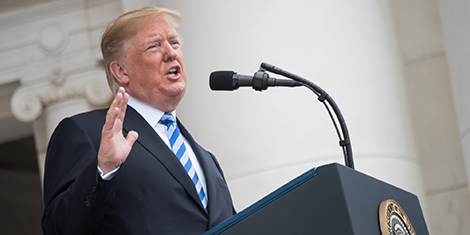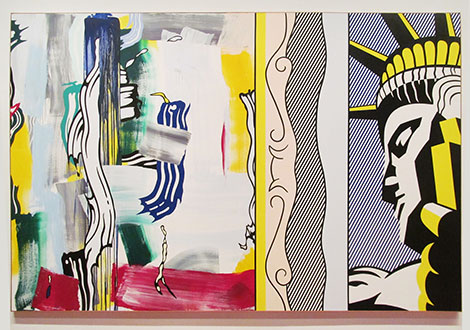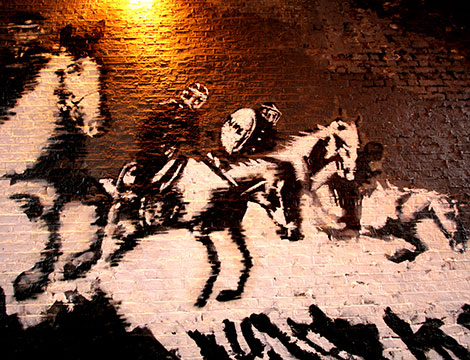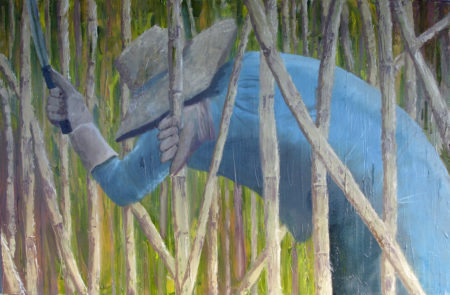
This article was originally published by War on the Rocks on 6 August 2018.
In the spring of 2014, before Donald Trump’s presidency was even a rumor, I began an article about the sources of U.S. grand strategy. By “grand strategy,” I mean a state’s way of orchestrating means and ends to achieve security over the long haul. I argued that the habitual ideas and pervasive influence of the U.S. foreign policy establishment make the fundamentals of American statecraft hard to change. What former advisor Ben Rhodes called the “Blob” and what former National Security Council official Michael Anton called the “priesthood” defines and dominates the ecosystem in which foreign policy is made. It exerts its influence through its expertise and its advantageous structural position as a “revolving door” between government, academia, think tanks, foundations, and corporations, reinforced by the feedback loop of allies’ demands for American patronage. In turn, the establishment successfully advances the view that the only prudent and legitimate grand strategy for the United States is “primacy,” the pursuit and sustainment of unrivalled dominance.




